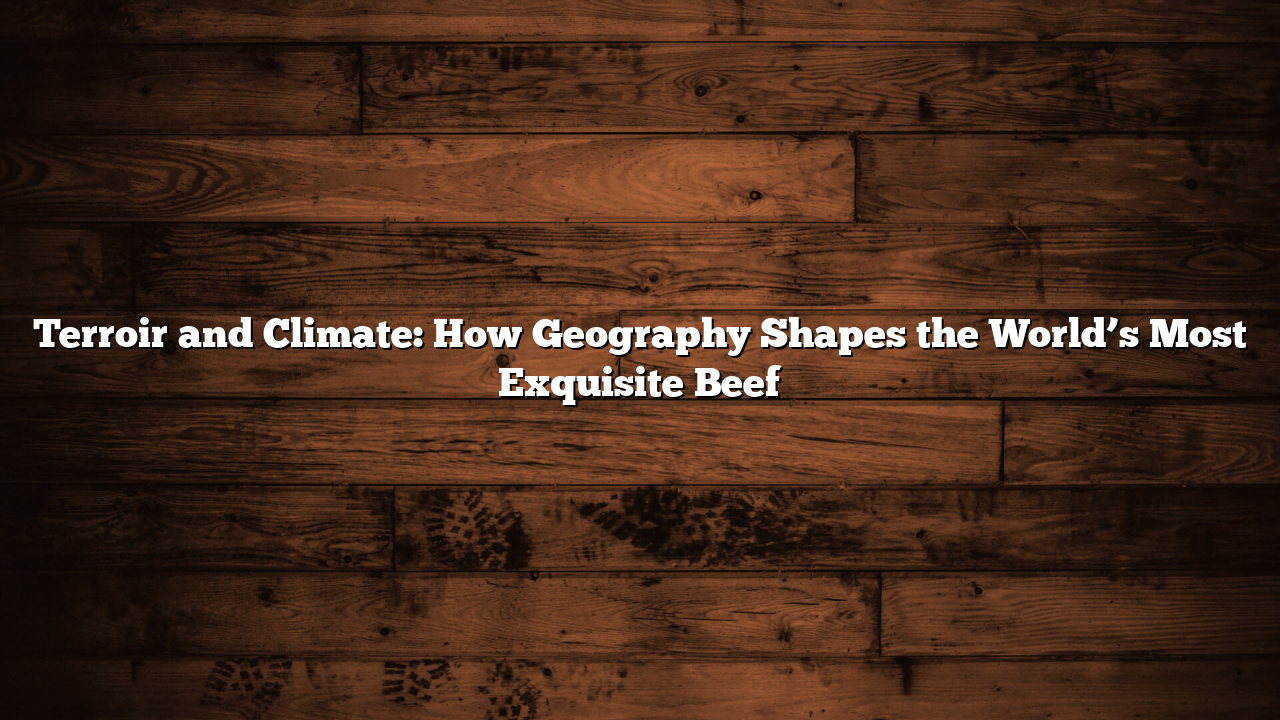The concept of terroir, long applied to wine and cheese, has become central in defining the quality of the world’s finest beef. Geography does more www.goldiesbbq.com/ than determine feed; it influences mineral content in soil, water quality, temperature cycles, humidity, and sunlight exposure — all of which subtly shape muscle development, fat composition, and flavor precursors. Wagyu cattle raised in Miyazaki, for example, benefit from a precise microclimate that enhances fat deposition while preserving delicate fiber structure. Similarly, grass-fed Argentine cattle develop nuanced aromatic compounds as a result of diverse pasture flora and seasonal grazing patterns.
Beyond the obvious environmental conditions, local microbial populations in soil and water also contribute to the unique sensory signatures of elite beef. These microbes interact with feed plants, influencing nutrient density, fatty acid profiles, and even subtle enzymatic reactions in the muscle post-growth. European heritage breeds such as Galician or Limousin cattle exemplify this phenomenon, producing beef with distinguishable flavor notes linked directly to regional biodiversity.
Terroir also interacts with feeding practices. While the genetics of the animal set the maximum potential for marbling and tenderness, the environment determines whether that potential is fully expressed. A controlled grain diet in a temperate Japanese valley yields A5 Wagyu, whereas pasture feeding in the rolling plains of Uruguay produces beef with a firmer texture and distinct herbal undertones. Chefs and breeders increasingly track environmental variables — altitude, rainfall, soil pH, and plant diversity — as essential metrics for predicting beef excellence.
The sensory implications are profound. Terroir-driven beef demonstrates a complexity that cannot be artificially reproduced in feedlot conditions. Flavor compounds develop in harmony with seasonal growth, creating a multidimensional tasting experience. Texture, juiciness, and aroma converge to form an identity that is inextricably linked to place.
Ultimately, terroir is a defining marker of global beef quality. It transforms beef from a commodity into a narrative product: a living expression of landscape, climate, and human stewardship. The world’s most exquisite beef does not exist in isolation; it is the sum of genetic heritage, meticulous care, and the subtle hand of geography itself.
